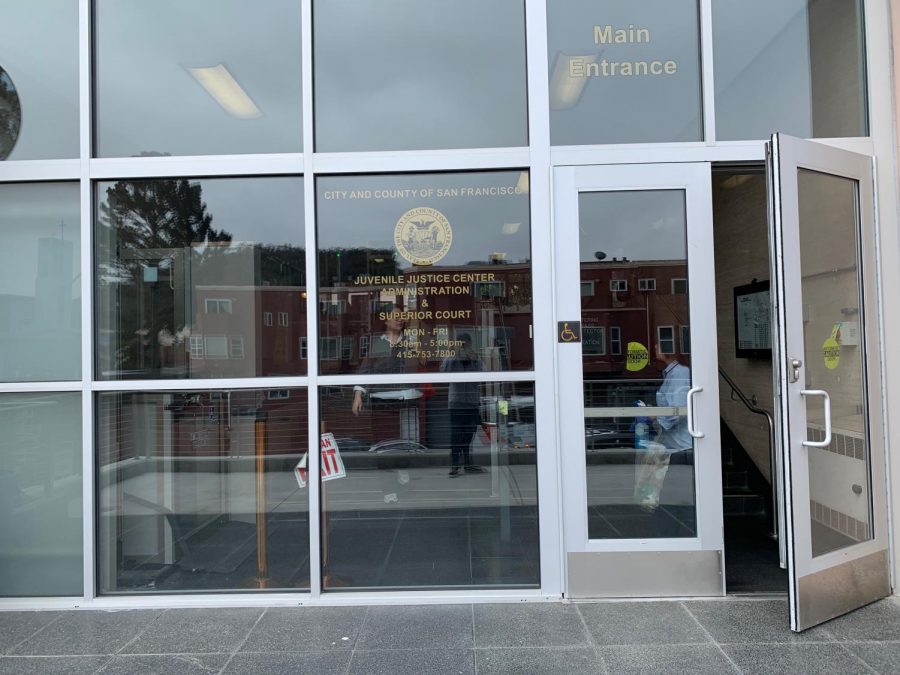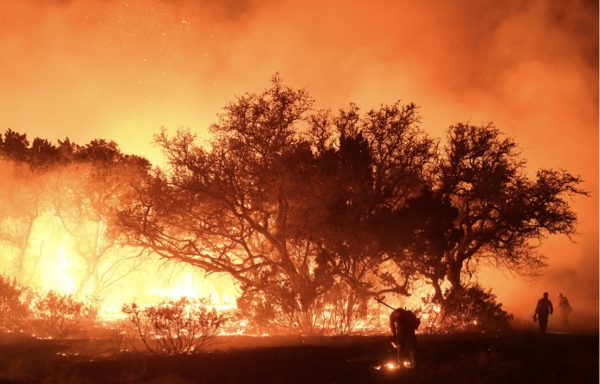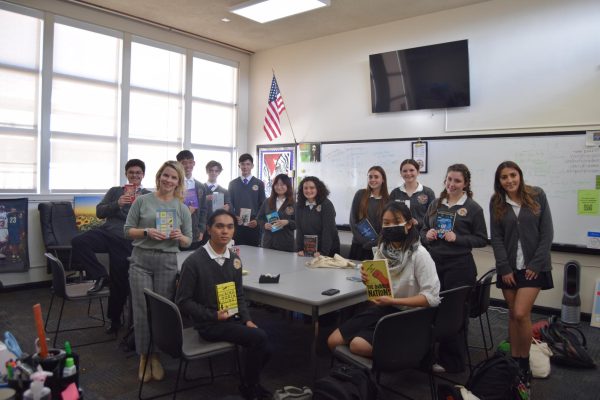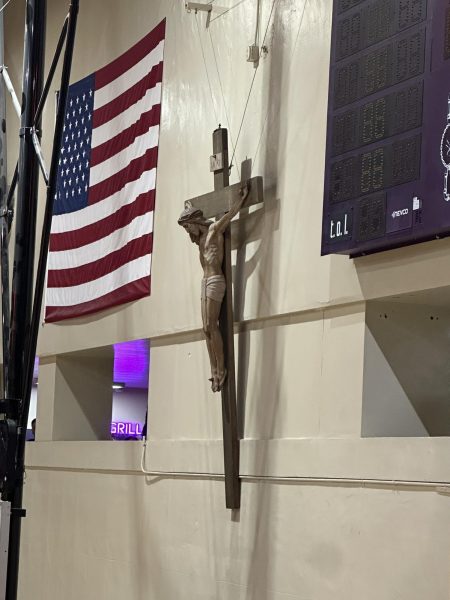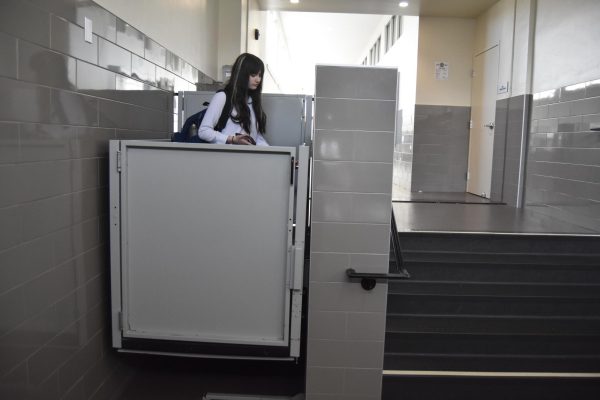SF Supervisors ponder shuttering Juvenile Hall
Members of the San Francisco Board of Supervisors have proposed closing the city’s Juvenile Hall for good.
May 23, 2019
Juvenile halls have been costly investments in many counties in California. These institutions have been under scrutiny for some time, but as of late March, Mayor London Breed established a Juvenile Justice Reform Blue Ribbon Panel that will examine and reform the juvenile justice system: such reforms may include the controversial decision of shutting down San Francisco’s Juvenile Hall.
The juvenile justice system of California was not as expansive as it is today because of extreme rise of juvenile crime that occurred in the late 80s and early 90s. According to the San Francisco Chronicle, the period between 1987 and 1995 was plagued with a severe uptick in youth homicides and arrests. In that time period, a youth was killed every day on average in California, with juvenile homicide doubling from 162 in 1987 to 382 in 1995. In addition, the arrests of youths averaged 60 a day.
The state’s response was to increase the punishment of juveniles who commit crimes by legislation and, of course, juvenile halls. In 1995, the minimum age for adult prosecution was lowered from 16 to only 14.
This was bolstered by Proposition 21, passed in 2000, that made it easier for minors to be tried as adults, and enacted tougher punishments and sentences for crimes involving gang activity. With this, 41 of California’s counties expanded juvenile halls to accomodate them.
However, shortly after this extreme rise in crime came a potent and enduring drop. Between 1995 and present day, youth homicides fell 83 percent from the previous gure of 382 in 1995 to the modern gure of 63 in 2017. Furthermore, youth arrests fell 86 percent. Ultimately, this drop led to 4,700 less minors killed in the last two decades. These developments are not unique to California either, as this reduction in crime is occurring throughout the United States.
Some theories experts use to explain the sudden drop involves the decline of organized crime and drug use, specifically crack cocaine. During the 1980s, the increased use of crack cocaine would have brought more crime as more youth and minors participate in the business of buying and selling the substance. The eventual decline of crack cocaine coupled with mass incarceration of adults would have led to a decrease in crime, but does not completely explain the continuing decline of crime because of developments such as the opioid epidemic and incarcerated parents. Another
theory is the development of technology keeps youth indoors, decreasing crime.
Whatever the cause, the decline in crime but increase in development of the juvenile justice system produced many nearly vacant halls and centers. In 39 of the 43 counties with juvenile halls, the juvenile halls were less than half full. Yet, the cost of maintaining these centers and the juveniles is becoming more expensive: about $500,000 annually is spent on a youth in a juvenile hall compared to $11,500 spent annually on a student’s public school education.
Many advocate funds from juvenile halls go to healthcare, housing, and education.
According to Mayor Breed’s website, she said, “While we have had success in greatly reducing the number of incarcerated youth in San Francisco, we need to take the next step and reimagine what our system will be in the future. While there has been talk of shutting down our Juvenile Hall, it is important that before we make any decisions we look at the juvenile justice system as a whole.”


